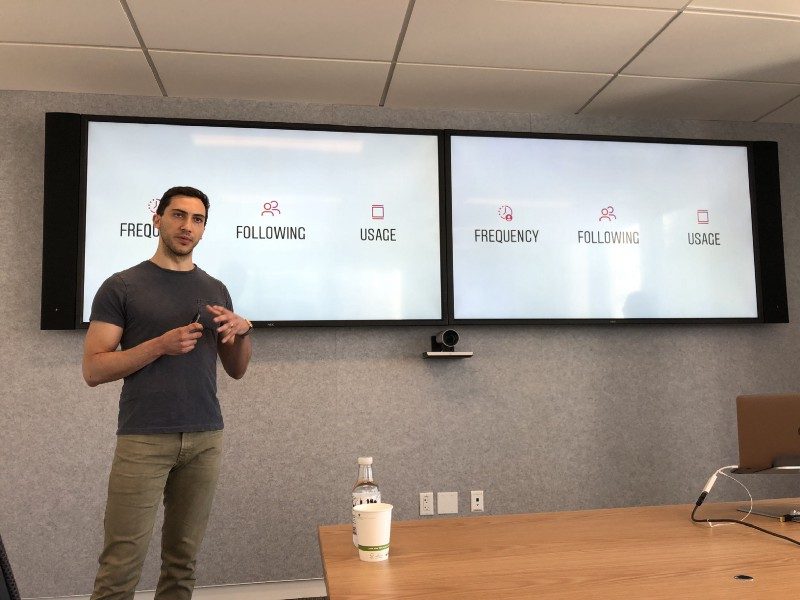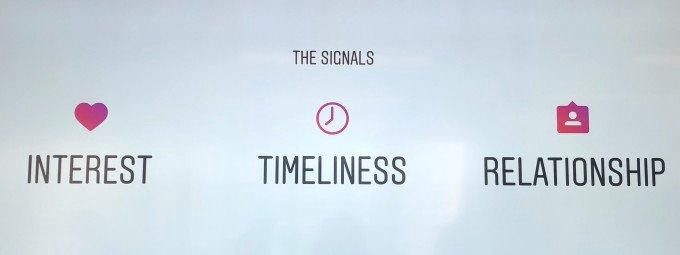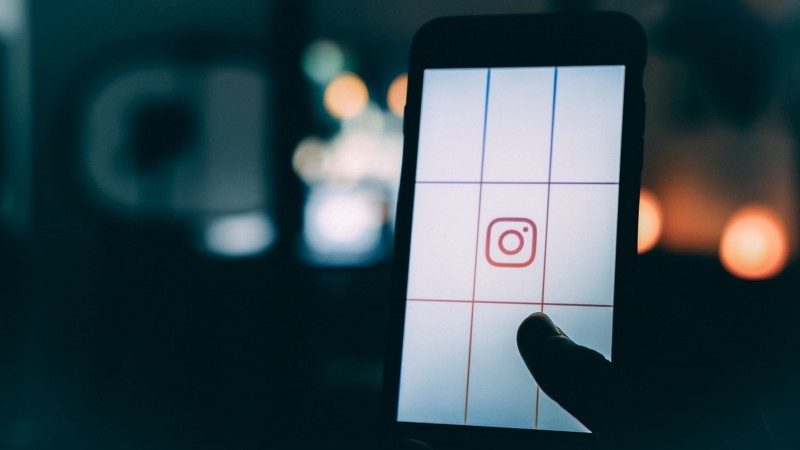Instagram has recently gathered a group of reporters at its new San Francisco office to put down all rumors about the chronological feed comeback, hashtag shadowban, stories impact on posts’ reach, and explain the Instagram algorithm.
Educating users about how the Instagram feed ranking algorithm actually works can tremendously help to reduce the complaints. Both brands and regular users often feel as if the platform is being unjust, hiding some posts and putting in the spotlight the others for no particular reason, messing with the feed order and showing more ads on purpose.
Clearing the myths benefits the platform and its users alike — when users feel confident their content will reach their audience and they are able to see interesting, quality content themselves, they are more likely to open the Instagram app more often and spend more time using it.

Here are 13 most important facts Instagram representatives revealed about the platform’s algorithm:
1. You are often shown posts on a topic that you were interested in before. The neural network analyzes the content of the posts, determining what is pictured on the photo and isolating the keywords in the caption text (the Interest factor)
2. Chronological order partly continues to work, prioritizing timely posts over weeks-old ones (Timeliness factor).
3. People you’ve interacted with a lot in the past on Instagram by commenting their posts or being tagged together in photos, have higher feed ranking (the Relationship factor).

4. Instagram shows first the best posts since your last visit. If you open Instagram every five minutes, you see the best posts of the last 5 minutes. If you open it once a month — you are being shown the best of the month, etc. (the Frequency factor).
5. The more accounts you follow, the less posts you see of any specific account. Instagram picks from a wider breadth of authors in order to show as much content of multiple accounts as possible, and vice versa — the less accounts you follow, the higher the chances you will see numerous posts of specific accounts (the Following factor).
6. The best posts are shown during short sessions. The more time you spend on Instagram, the more different content you are likely to see (the Usage factor).
7. The old reverse chronological feed order is not going to be back.
Instagram representatives assure that ever since the algorithm introduction, the platform UI has improved — users began to see posts from friends by 40% more often than before. Though the chronological feed comeback is not the option they consider at the time, the complaints about the feed ranking algorithm are being heard.
8. Instagram does not hide a single post. If you persistently scroll through the feed, you will eventually see all 100% of the posts of the accounts you follow.
9. Video posts don’t always receive the highest engagement. If a person never stops to watch videos from their feed, the self-learning system shows them less video posts in the future sessions.
10. The algorithm does not increase the posts reach of users who use Stories, Live, or other special features of the app.
11. Instagram does not punish those who make posts too often, but it might show other users’ content in between someone’s if they rapid-fire posts.
12. Shadowban does not exist. Instagram assures it doesn’t hide people’s content for hashtags abuse or taking other actions.
13. Instagram does not favor business accounts over personal ones in terms of extra feed presence. Switching to the business type of account won’t help your reach.
The developers note that too many brands have joined Instagram in the recent years, posting more often, while the average feed browsing session duration remained the same. Inevitably, it lead to the problem of competition reducing reach.
While similar algorithm to the feed ranking one seems to also be incorporated in the stories (by the Relationship and Interest factor at least), it’s one of the few solutions to the reach problem. Put your back into creating interesting stories, learning from the best, use them to inform followers about new posts, encourage interaction using branded hashtag stickers, GIFs, and in-app AR goodies the platform users love.

